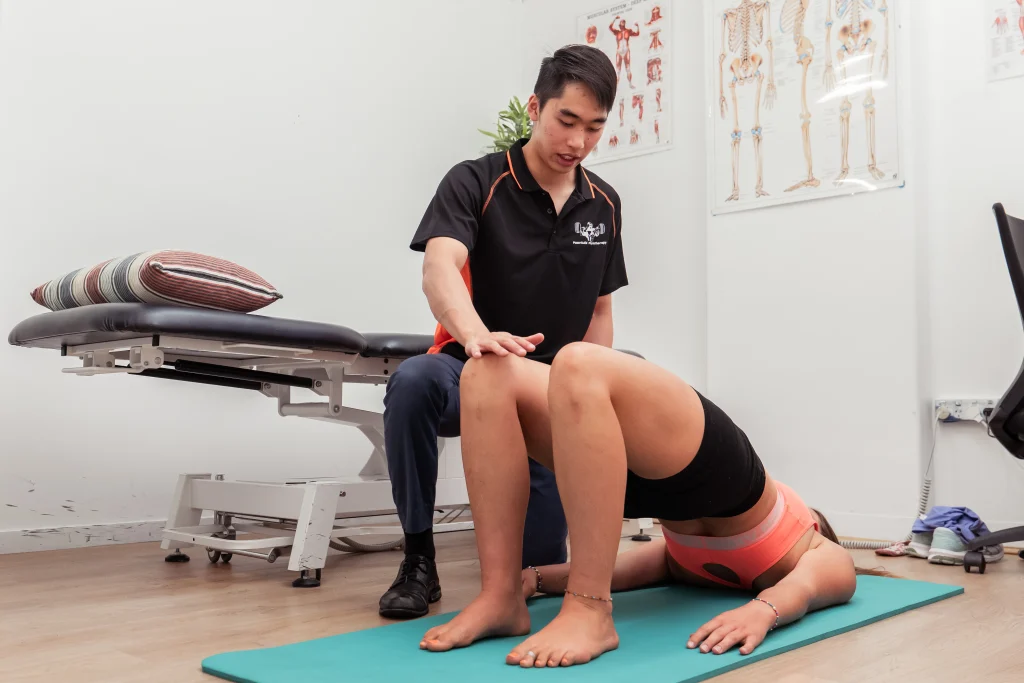

A hamstring strain or tear involves injury to the muscles at the back of the thigh, collectively known as the hamstrings. This muscle group comprises three muscles: the biceps femoris, semitendinosus, and semimembranosus. These muscles are primarily responsible for bending the knee and extending the hip, playing a crucial role in activities such as walking, running, and jumping. Strains typically occur when the muscles are overstretched or subjected to excessive force, especially during sudden or explosive movements.
Once an accurate diagnosis has been made, rehabilitation can commence. This guide outlines a phased approach to support the rehabilitation process for hamstring strains.
Phase 1: Acute Phase – Symptom Management
In the initial days following the injury, the focus is on reducing pain and inflammation. Gentle range-of-motion exercises may be introduced as tolerated to prevent stiffness. This phase typically lasts 1 to 5 days, depending on the severity of the injury.
Phase 2: Early Rehabilitation – Isometric Strengthening and Light Bodyweight Exercise
As pain subsides, isometric exercises can help maintain muscle activation without placing excessive strain on the healing tissue. Examples include:
● Isometric bridge variations
Examples of gentle bodyweight hamstring exercises include:
● Squats
● Kick backs
● Supermans
Phase 3: Intermediate Rehabilitation – Basic Strengthening

With improved tolerance, isotonic exercises introduce controlled movement to rebuild strength. Examples include:
● Hamstring curls
● Bridge exercises variations
● Hamstring sliders
Phase 4: Advanced Rehabilitation – Eccentric and Higher Load Training
Eccentric exercises and functional movements prepare the hamstrings for return to activity. Examples include:
● Nordic hamstring curls
● Single-leg Romanian deadlifts
● Good mornings
Phase 5: Return to Activity – Plyometrics and Sport-Specific Drills

This phase focuses on gradual reintroduction of dynamic movements and sport-specific activities while maintaining strengthening exercises. Examples include:
● Runnings drills
● Agility drills
● Acceleration/deceleration drills
Phase 6: Injury Prevention and Maintenance
To reduce the risk of recurrence, ongoing strengthening and load management are essential. Incorporate hamstring exercises into regular training routines and monitor for any signs of discomfort or fatigue.
Summary
The exercises outlined above are designed to strengthen the hamstring muscles and facilitate a smooth recovery. Progress exercises gradually until you reach your goals, which will vary depending on individual needs and objectives. If you need further assistance with your hamstring strain, reach out to our qualified physiotherapists.

